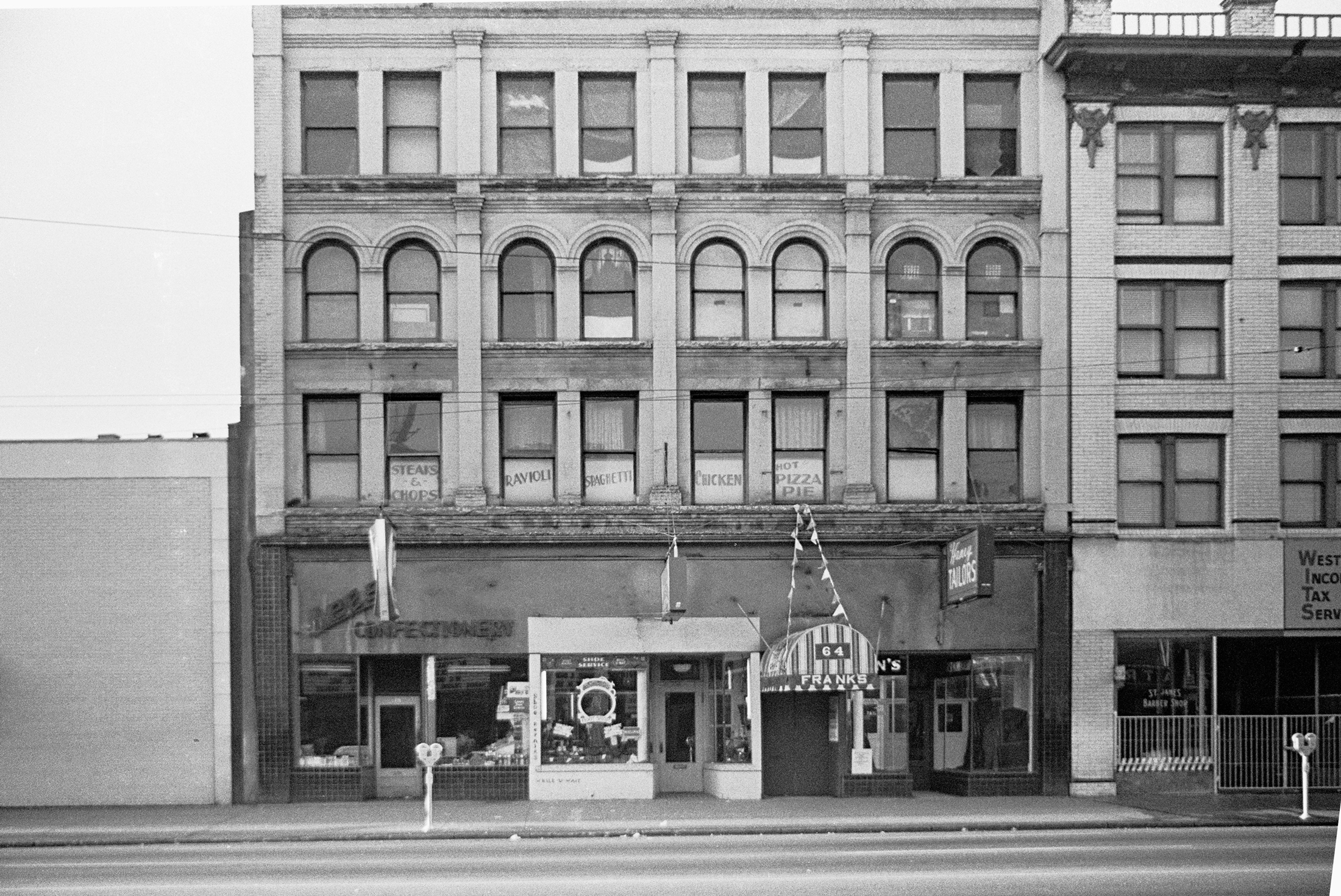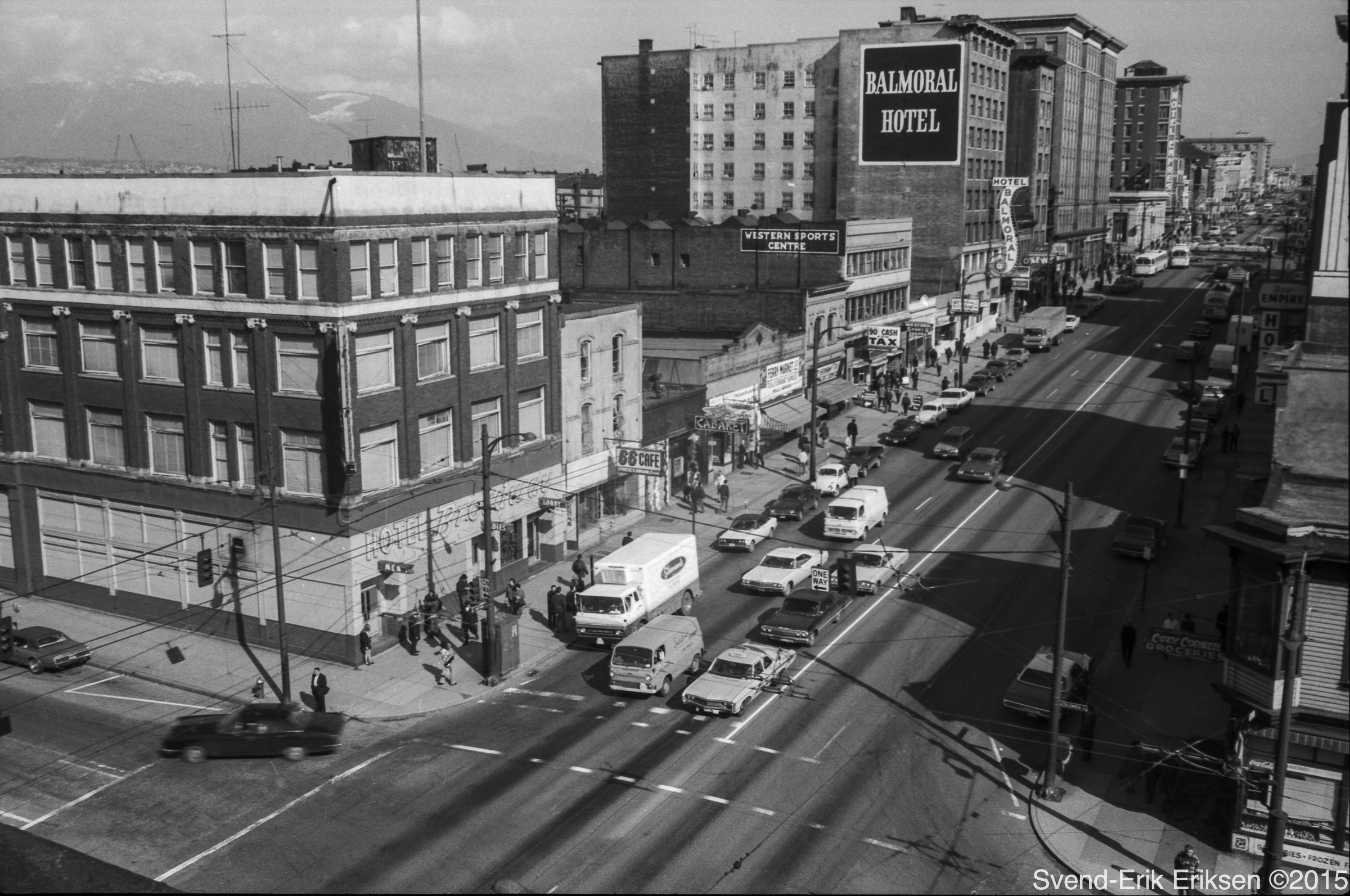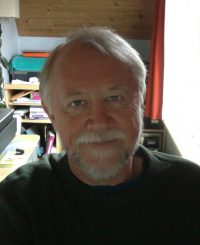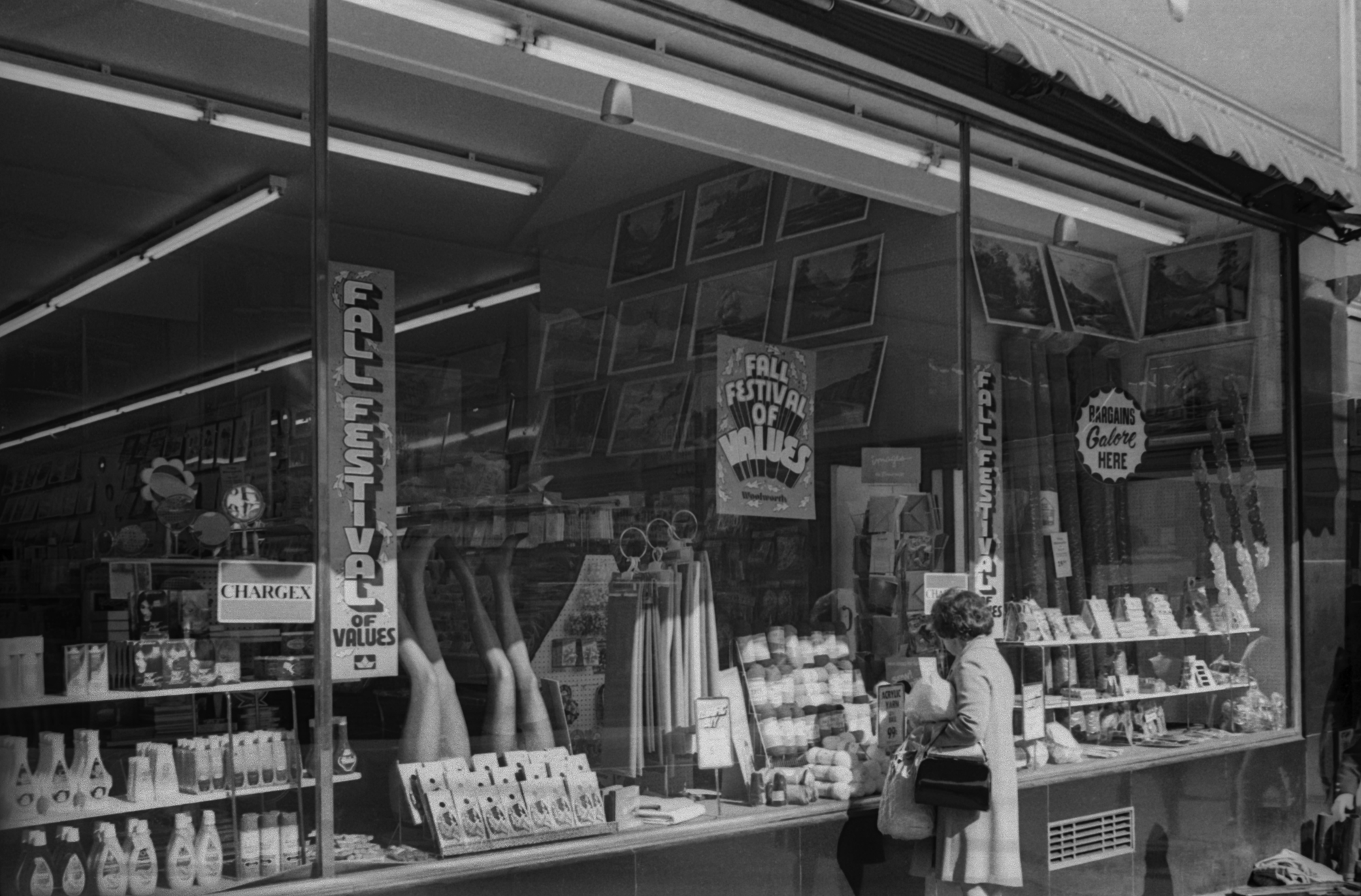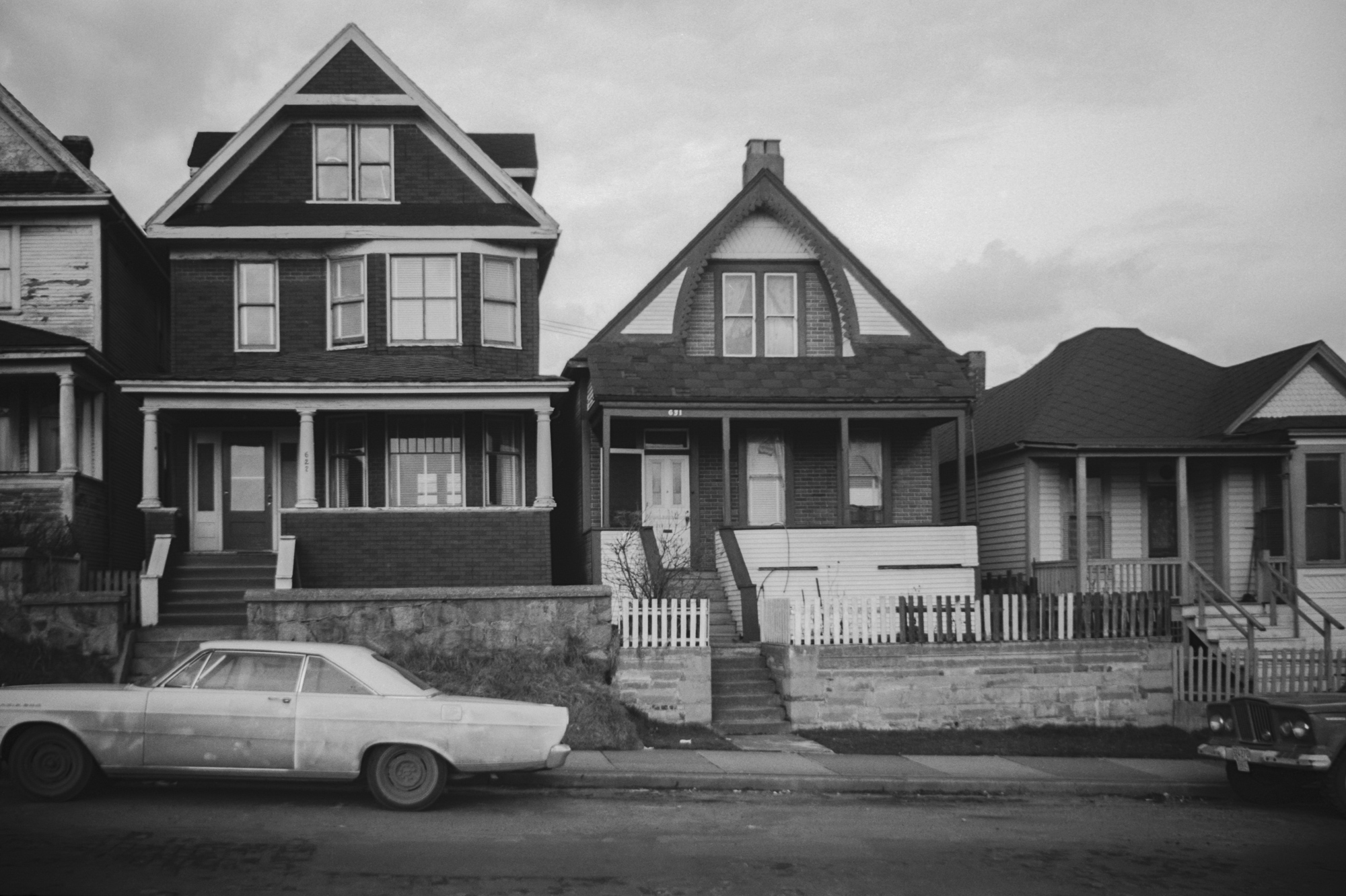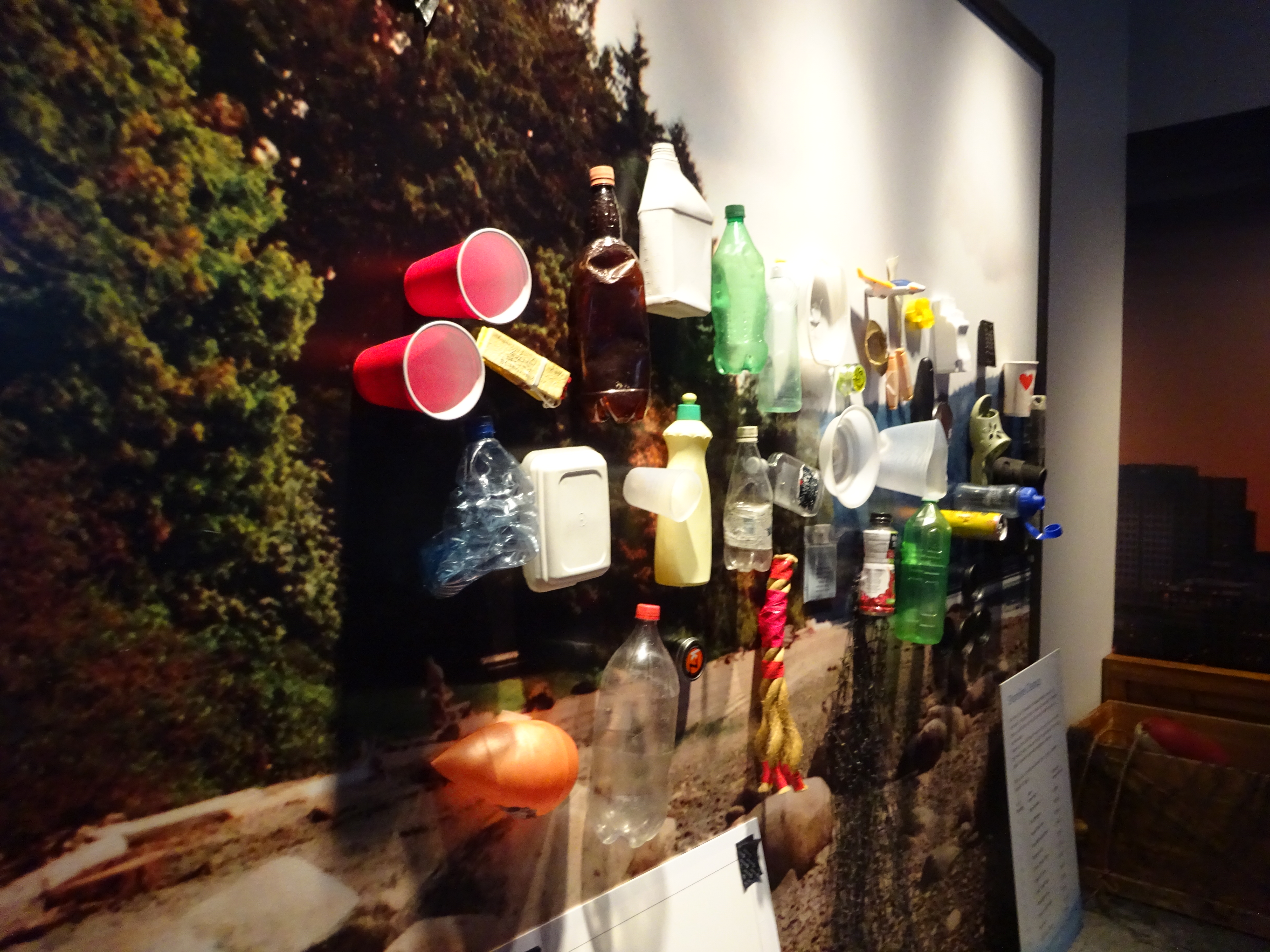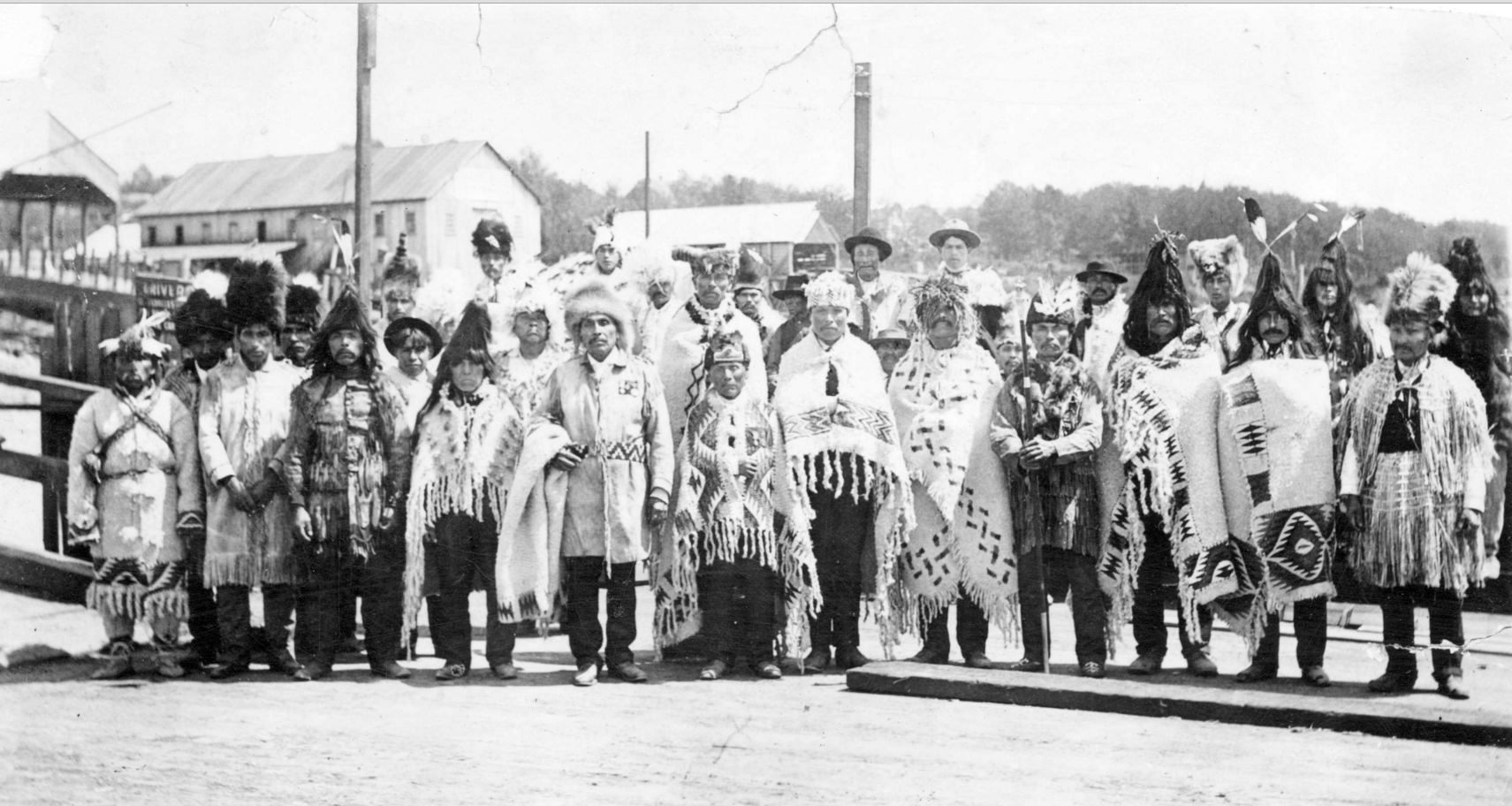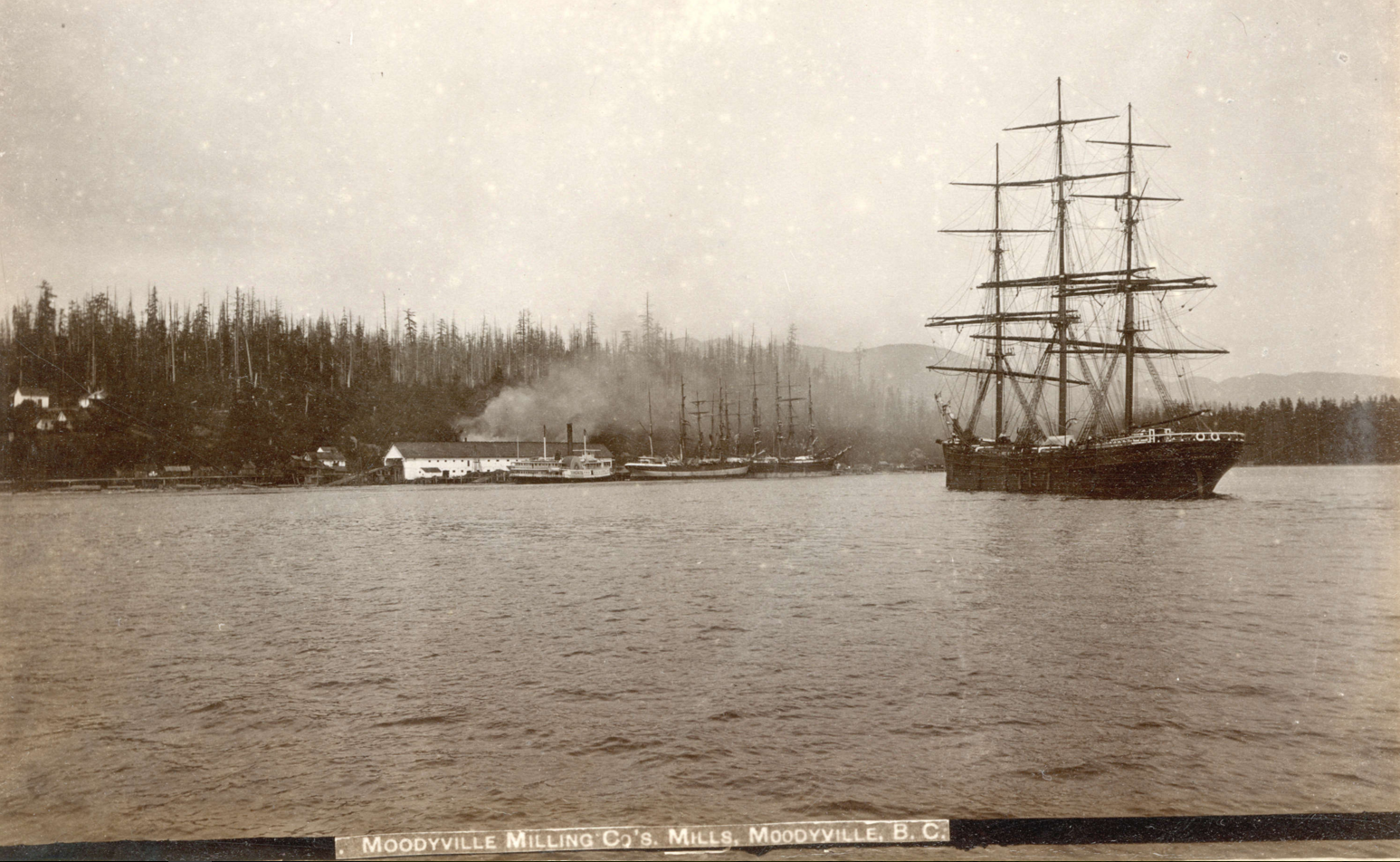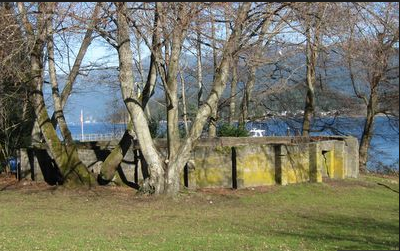I was driving along Lynn Valley Road for probably the hundredth time this year, stopped at the traffic lights at Fromme. The Lynn Valley Care Centre is on the corner there, sitting behind a stone fence and a very big monkey tree.
For more stories like this one, check out Vancouver Exposed: Searching for the City’s Hidden History, there’s a section on North Vancouver.
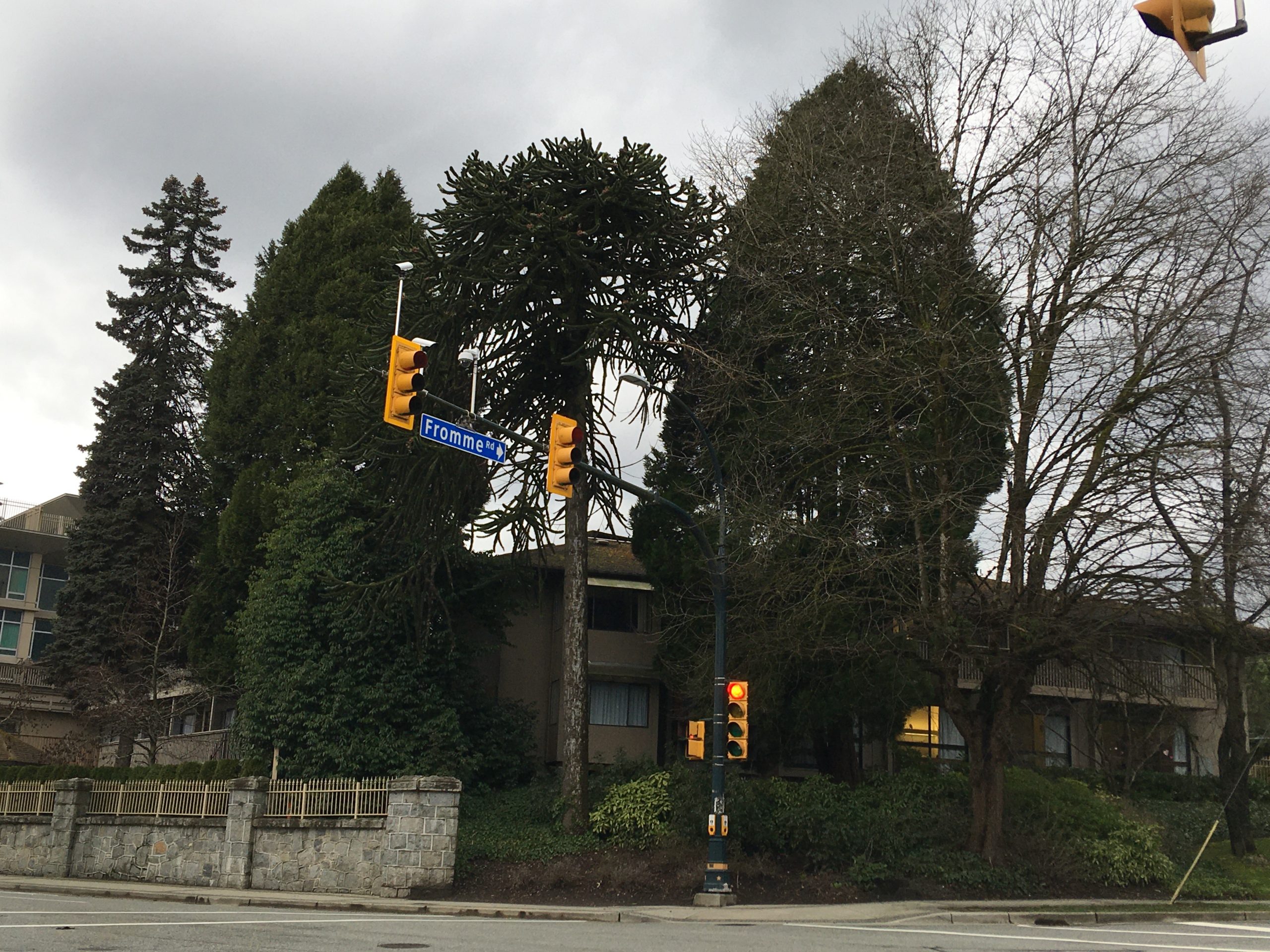
The stone fence looks really old, much older than the care home. I wanted to know what was originally behind it.
After hitting some local history books and the city directories, I found out that it was the North Vancouver District Municipal Hall.
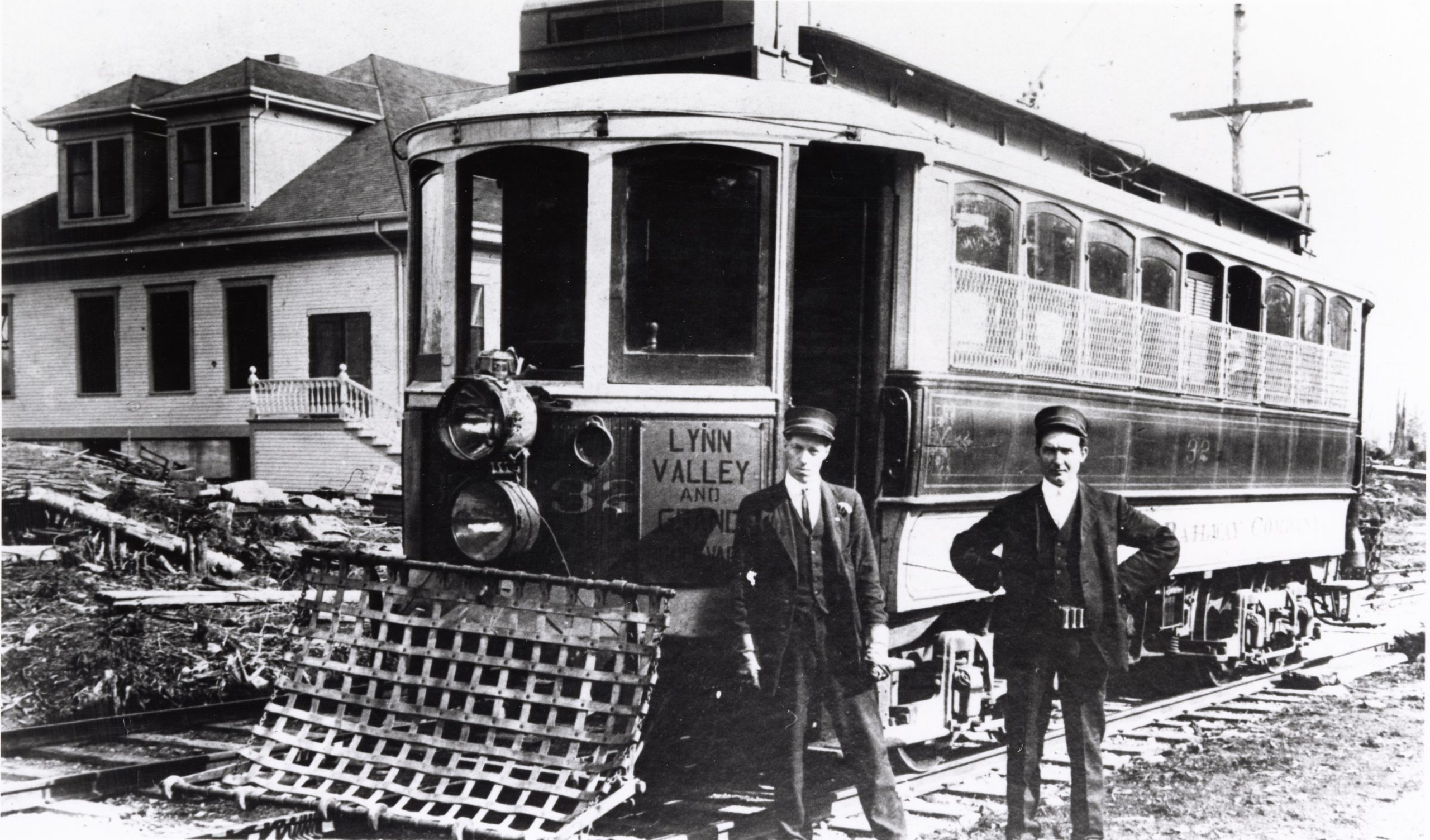
District:
When the District of North Vancouver was incorporated in 1891 it was huge. It went all the way from Deep Cove to Horseshoe Bay.
And, when the City and District split 16 years later, they needed new headquarters.
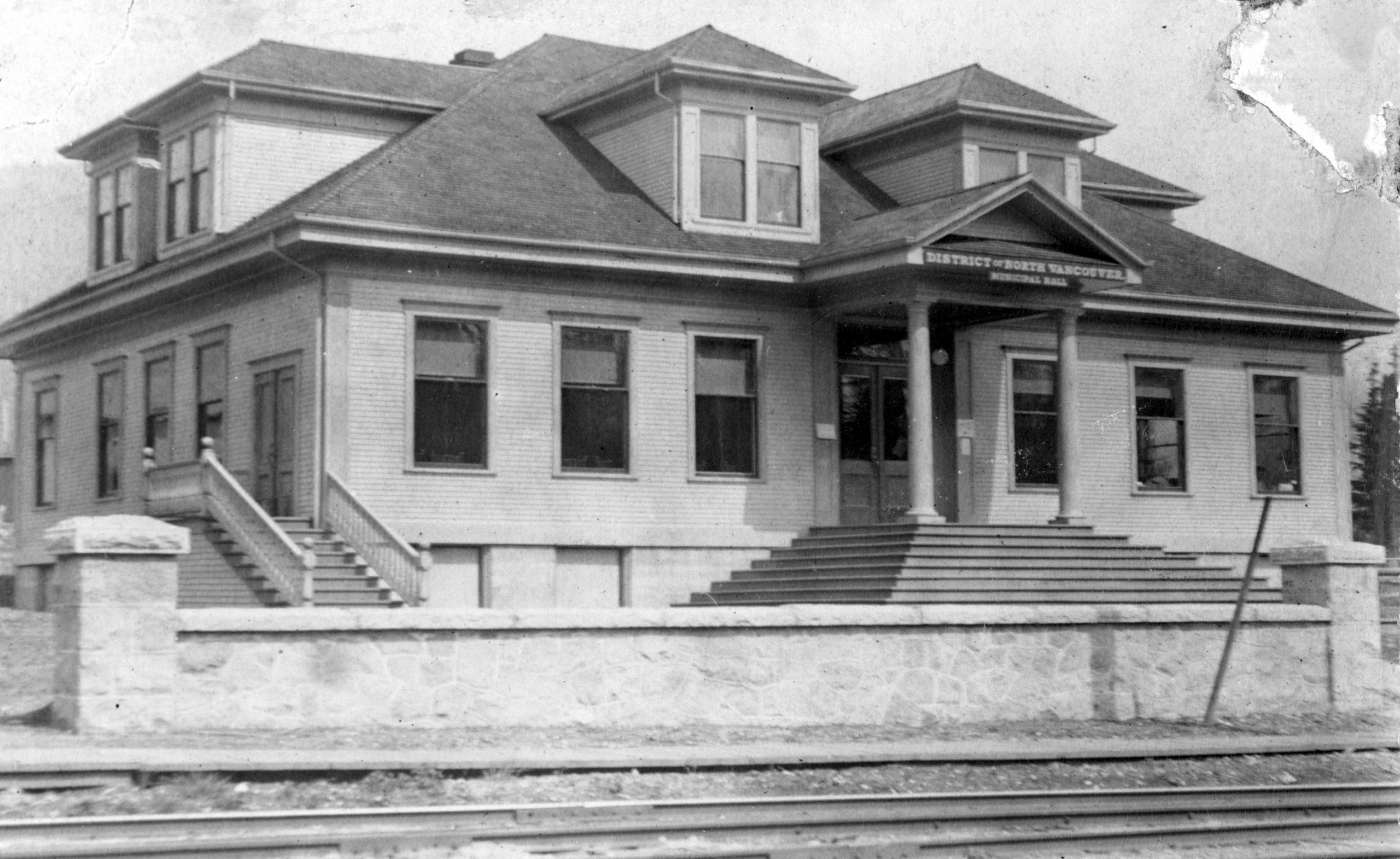
“The District had to cede quite a lot to its little offspring: the Municipal hall, other municipal buildings and lots, several parks, street ends and water frontage, a ferry, wharves and slips, the whole water system, office furniture, fire-fighting and road-making equipment, street lamps and posts, even the cemetery,” writes Chuck Davis in Reflections -100 Years. “In return the city paid several outstanding liabilities of the District.”
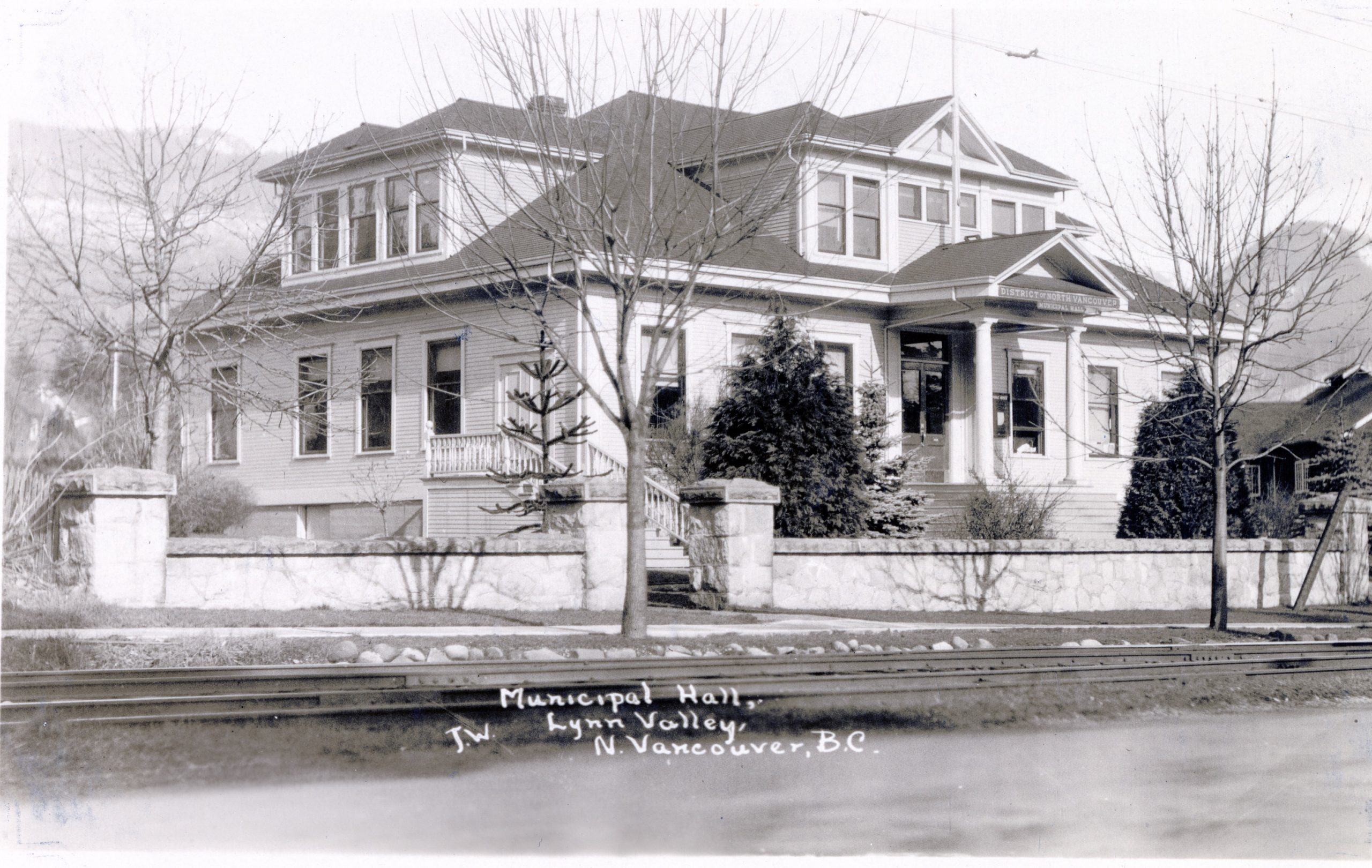
Moodyville:
More change was to come for the District when West Vancouver was incorporated in 1912 and Moodyville became part of the City in 1915.
According to a story in the Vancouver Daily World, the new North Vancouver District Municipal Hall was opened on October 25, 1911 by the Hon. F. Carter-Cotton in fancy new Lynn Valley digs with more than 200 people in attendance.

The City moved into a school on Chesterfield and Fourth Avenue that was built in 1902. The building became a “temporary city hall” for the next 62 years. You’ll know it now as Presentation House.
The stately old Lynn Valley building became a private hospital and District Hall moved to its current location on Queens Road.
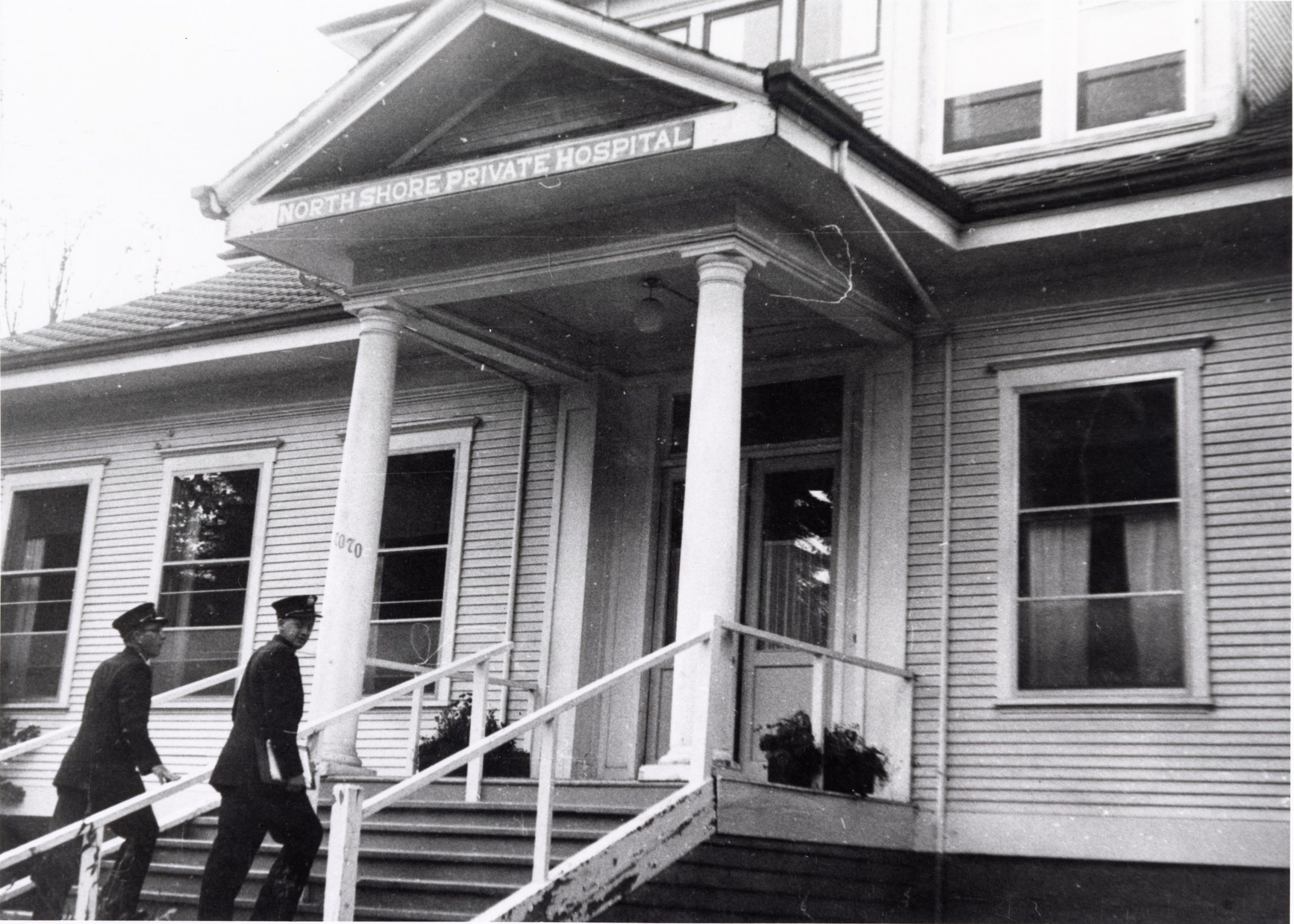
Judging by the classified ads, it looks like the old District Hall building was replaced with a “modern 50-bed hospital” in the early 1970s.
With special thanks to North Vancouver Museum and Archives and archival rock star Daien Ide.
Related:
© All rights reserved. Unless otherwise indicated, all blog content copyright Eve Lazarus.



